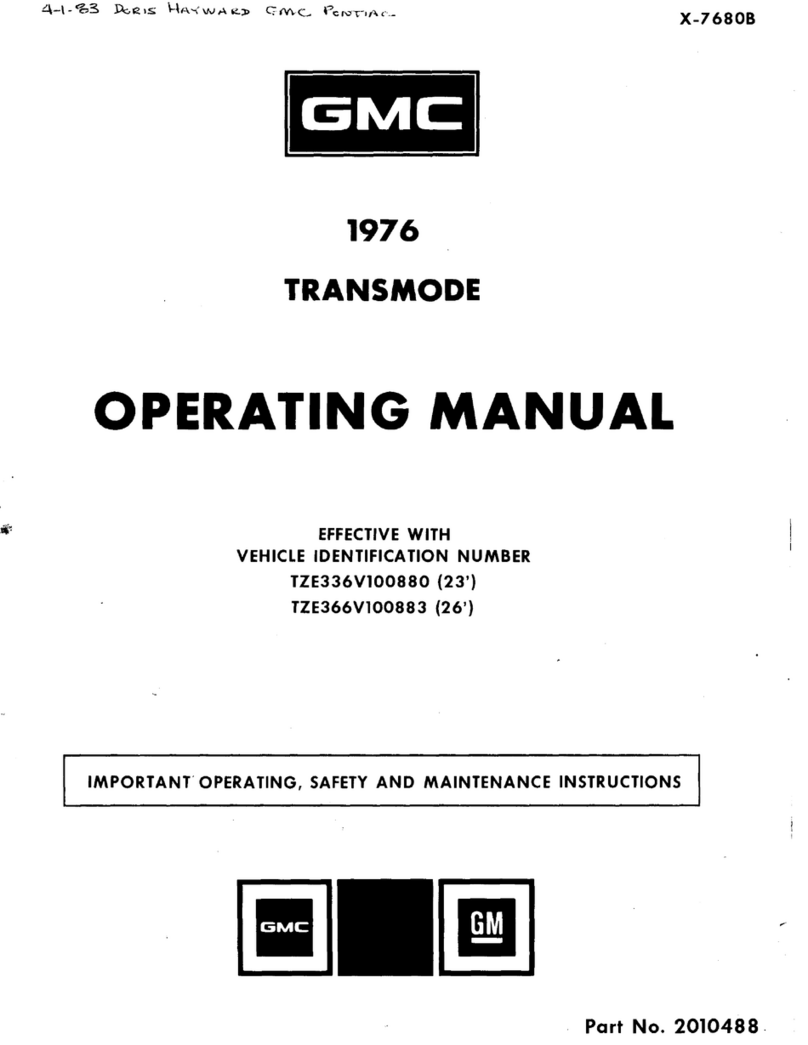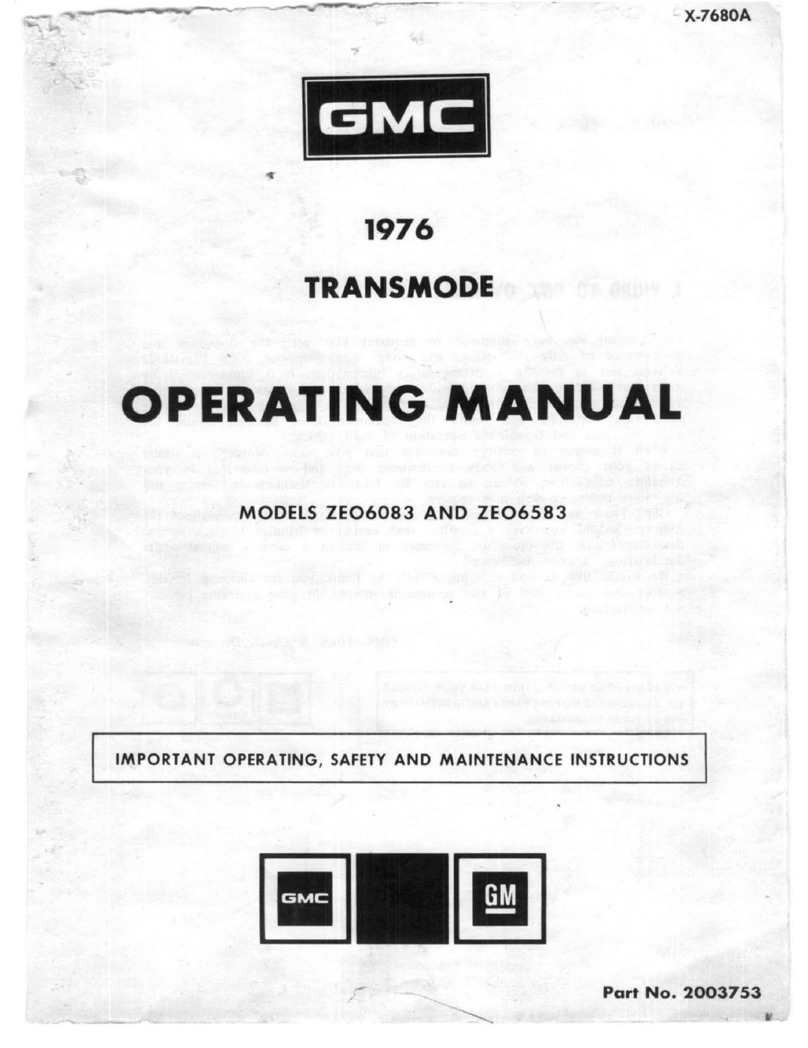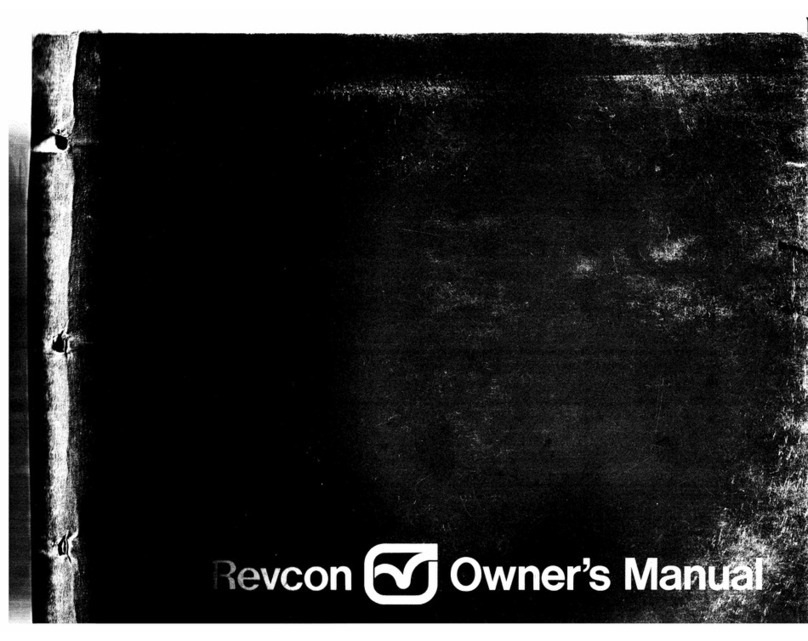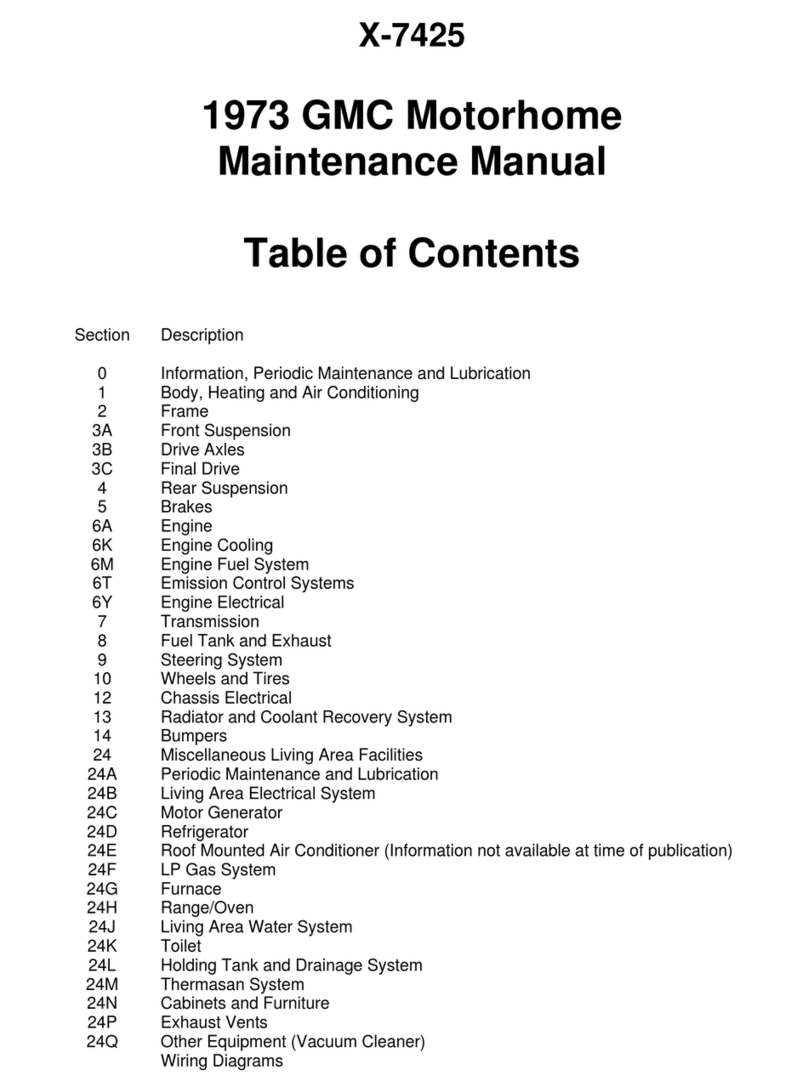GMC Motor Home User manual
Other GMC Motorhome manuals

GMC
GMC 1976 TRANSMODE User manual

GMC
GMC 1976 TRANSMODE User manual

GMC
GMC MotorHome User manual

GMC
GMC X-7425 1973 User manual

GMC
GMC 1976 ZEO 6083 User manual

GMC
GMC 1977 motorhome User manual

GMC
GMC Royale User manual

GMC
GMC ZE06581 1976 Configuration guide

GMC
GMC MOTORHOME 1978 User manual

GMC
GMC 1973 Revcon User manual
Popular Motorhome manuals by other brands

Winnebago
Winnebago Journey Service manual

Tiffin Motorhomes
Tiffin Motorhomes 2017 Allegro Breeze owner's manual

Triple E
Triple E Free Spirit 2012 owner's manual

Winnebago
Winnebago 2014 Adventurer Operator's manual

NewMar
NewMar Dutch Star 1999 owner's manual

Winnebago
Winnebago 1996 Brave Operator's manual

























